The Secure World Foundation held the inaugural Summit for Space Sustainability on June 25-26 at the National Press Club in Washington, DC. The Summit was a high-level event centered around challenges and solutions for space sustainability. Panelists addressed the growing threat posed by space debris, the need for instruments to manage Space Situational Awareness (SSA) and Space Traffic Management (STM), and the role played by commercial actors in space security issues. Academic discussions accompanied concrete law and policy debates, which examined different approaches for governance and new norms to be developed.
The first panel of the Summit began with a presentation by Holger Krag, of ESA’s Space Debris Office, on the state of the space environment, which is currently populated by an estimated 1.3 million objects measuring 1mm or more. Dr. Krag discussed ESA’s plans to remove the first piece of debris by 2025, and suggested that implementation of the recently approved guidelines for long-term sustainability of space would significantly reduce the rate of debris, particularly through spacecraft passivation (the removal of potential sources of explosion) and post mission disposal standards.
In the luncheon keynote address, Kevin O’Connell, Director of the Office of Space Commerce, discussed the overwhelming importance of the commercial side of space activity. He stressed the Office’s important role in further developing the commercial space sector by increasing regulatory certainty and finding new ways to approach the issue of orbital debris.
The first afternoon panel was on the topic of Space Traffic Management, specifically whether the regulatory approach to STM ought to be “top down” (emphasizing the role of national and international regulators) or “bottom-up”(emphasizing the role of industry). Nearly all of the panelists encouraged a hybrid approach, concluding that regulatory bodies must work with industry to develop STM rules to protect valuable orbital resources without burdening the fast-growing commercial space industry with prescriptive regulations.
In the second panel, the participants discussed the relationship between commercial space and national security space activities. Topics included the differentiated frameworks for identifying space assets that might be considered government targets despite being operated by a private company, the need for clear norms for armed conflict in space, and the serious debris repercussions of a kinetic anti-satellite (ASAT) strike. Panelists agreed that cooperation between commercial space and government actors will play an increasing role in national security, as well as go a long way to prevent hostilities in space.
NASA Administrator Jim Bridenstine delivered the day’s closing keynote, in which he discussed NASA’s approach to questions of national security as well as the upcoming Artemis moon mission. Mr. Bridenstine highlighted key features of the Artemis mission, including putting a man and a woman on the south pole of the Moon by 2024, and purchasing a commercially developed lander rather than developing one of their own.
On the second day, Matt Desch of Iridium Communications shared lessons learned from the Iridium-Cosmos collision in 2009, noting that Iridium has completed 437 satellite maneuvers since then. Solutions for space debris mitigation were proposed, including a five year deorbit cap, automatic deorbit mechanisms, active debris removal, and the sharing of best practices and standardized data.
Final discussions on the development of norms addressed the need to coordinate domestic laws with international initiatives, and to balance continuous gridlock with calls for inclusion. Andre Rypl, current UN COPUOS Chair, argued that consensus building, in spite of its many challenges, is the best way to ensure commitment and long-term sustainability.
More information on the event, including event materials, can be found at: https://swfsummit.org/.

